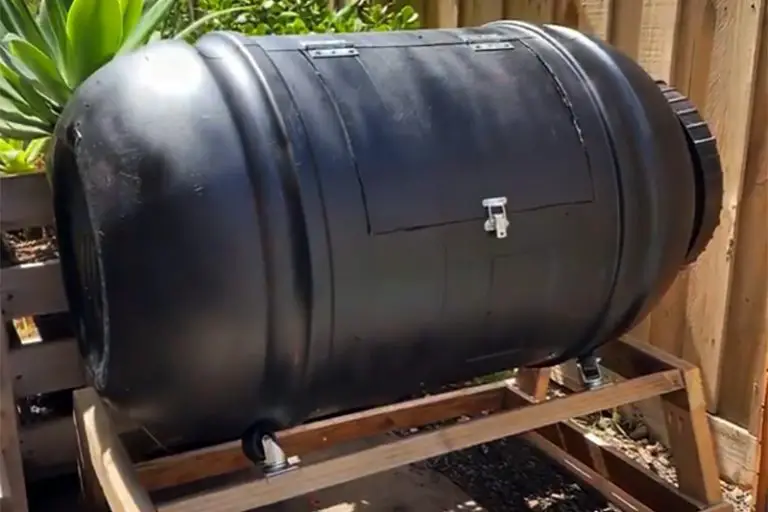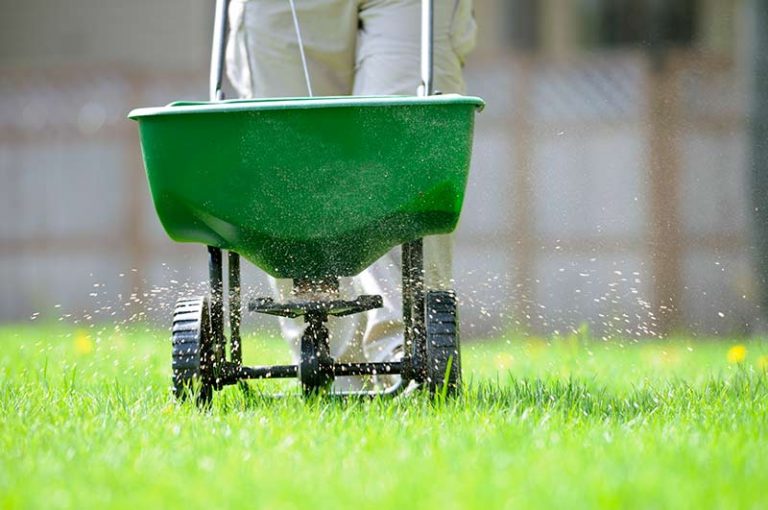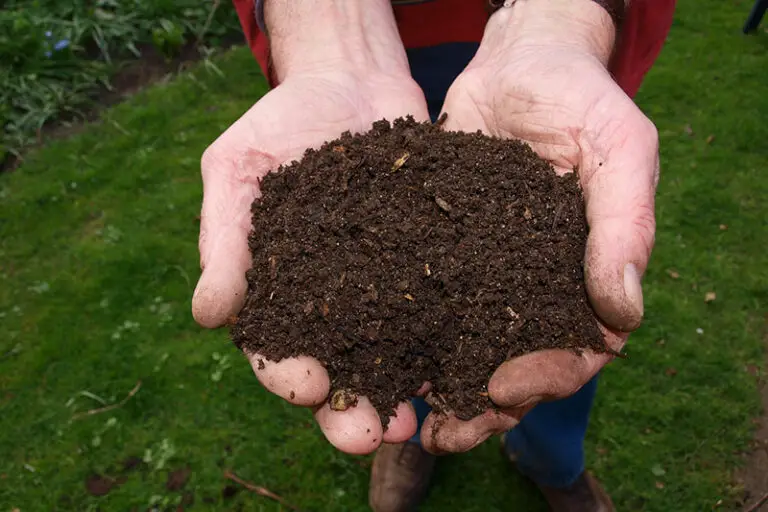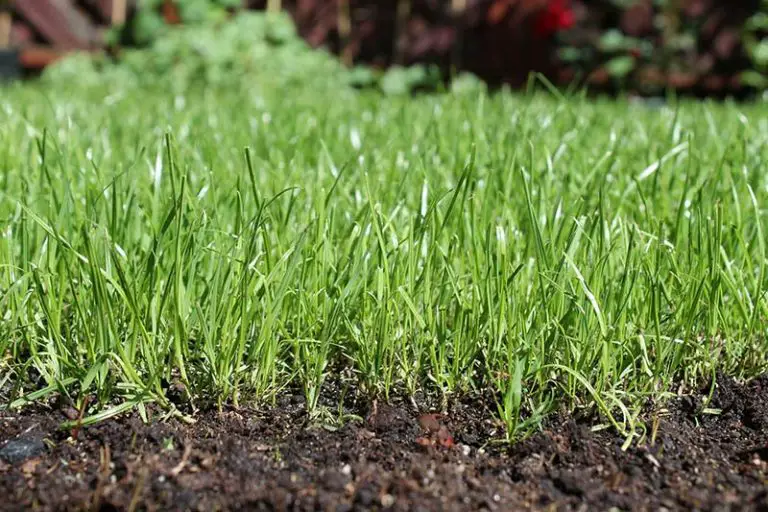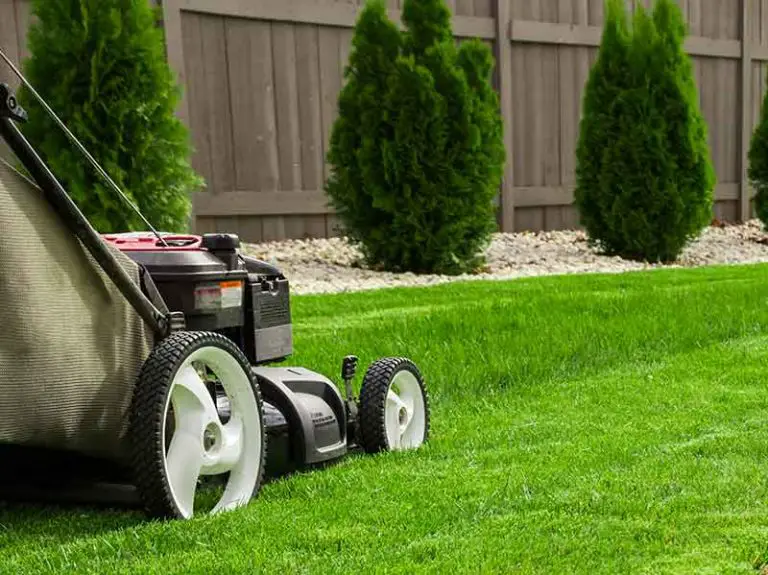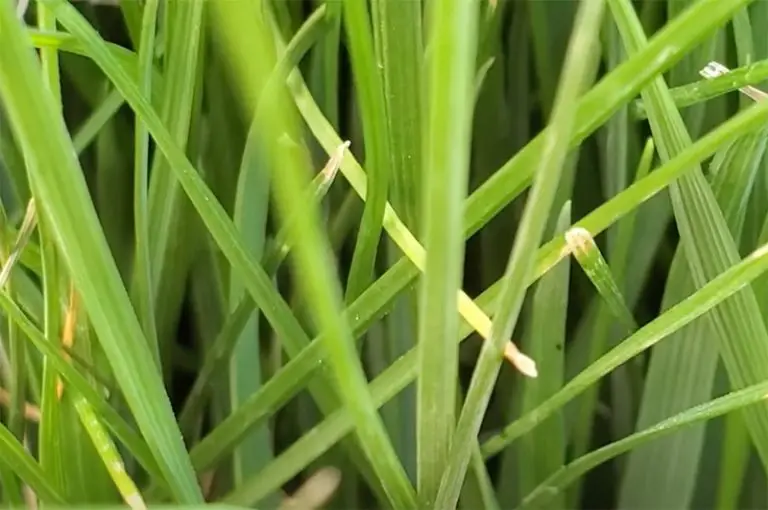When To Fertilize New Sod
Anyone who has just laid down new sod will be standing back, looking at the results, and wondering how soon they need to be adding fertilizer. After all, if you’re adding sod to your garden, the chances are that you want quick (but beautiful) results. Caring for your sod properly will soon turn it into beautiful turf to be proud of.
So, if you’re wondering when to fertilize new sod, the answer is that you can do so very shortly after installation, but there isn’t really any benefit to fertilize straight away: it is much better to wait four to six weeks before applying fertilizer. This also depends on your geographical location and the season in which you lay the sod.
When To Fertilize New Sod
You might be wondering why you should wait such a long time before adding fertilizer to your grass. After all, you want it to grow quickly, and food should help it grow. However, fertilizing early won’t yield great results and can be a waste of both time and money.
When first laid, your sod won’t have a well-established root network. As plants feed through their roots, that means the sod’s ability to feed is low, and it will not absorb much from the nutrients you are adding. Most will simply wash into the soil and you won’t see any benefit from them.
It’s also worth bearing in mind that in many places, sod is fertilized before it is harvested. That means your sod has just been fed, and it doesn’t really need another boost of food right now – it just needs to focus on turning the food it already has into growth. Adding more food isn’t worth your time.
You might also be wondering how the geographical location and the season you’re in play a role in when you should fertilize the sod. It makes a big difference; if you install your sod during a season where it isn’t growing a lot, you’ll want to wait longer for it to take root before feeding it.
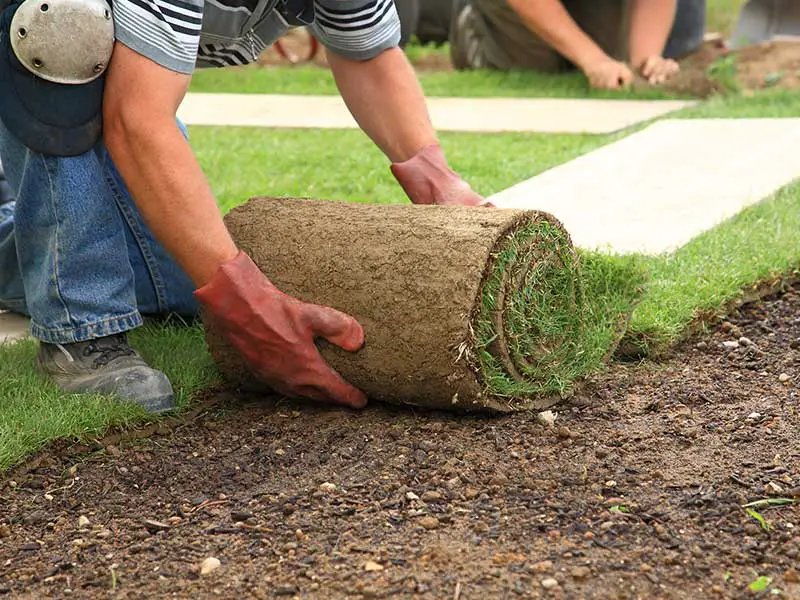
You may find that if you’ve laid it in the winter, it’s actually best to wait until spring before you fertilize it. Remember that grass is dormant during the colder months, so it won’t be picking up any of the goodness you add to the soil; this will just wash away and be lost.
As an alternative approach to the six-week rule, try to check regularly if your sod has rooted – this will coincide with the disappearance of the sod lines. Once it is becoming established, wait another four weeks, and fertilize it then. This will give you a more accurate idea of when the roots should be ready to accept food than the six-week rule.
The above method accounts for seasonal growth and the conditions in your individual backyard, as well as the quality of your turf. It means that if your turf is particularly slow to root, you won’t feed it too early, and if it’s quick, it won’t be waiting unnecessarily for food.
It’s worth noting that some companies recommend using starter fertilizer at the point where you put the sod down, since this will ensure the new turf has everything it needs to start well. However, as the roots are so short and shallow, you may not notice significant effects from doing this.
How To Fertilize New Sod
When the time to fertilize finally rolls around, do you know how to fertilize? What does the young grass need most?
While your lawn is trying to establish itself, the nutrients that it needs most are carbon, phosphorus, and potassium. Nitrogen-heavy fertilizers will not serve it particularly well, although some nitrogen is needed.
You should look for phosphorus-rich fertilizers, and aim to have around 1 lb. of nitrogen in 1000 square feet of turf. This will ensure your new turf has everything it needs to grow well and start filling out into a beautiful lawn.
You should also aim to get a slow-release fertilizer, if you can. This will ensure your lawn doesn’t get too much food at once, and still has access to food as the months go on; you won’t feed it again for a little while, so this is important.
Some experts recommend fertilizing at half the manufacturer’s rate, reducing the amount of food that the lawn is subjected to at once. You are not really doing a full fertilization at this stage; you are just trying to give the establishing grass a little boost to encourage it.
Once you have applied the fertilizer, water the lawn to ensure the fertilizer is evenly distributed and help the grass start breaking it down into useful nutrients.
Our recommendation: try the Scotts Turf Builder Starter Food for New Grass. It has the high level of phosphorus needed by sod at this stage to grow into a strong, established lawn.
When To Fertilize New Sod Next
After the first application, you can start using a higher-nitrogen fertilizer. Around 2 lb. per 1000 square feet of turf should be sufficient.
You don’t need to do this for another six to eight weeks, as the lawn should have plenty from the first feed (especially if you have used a slow-release fertilizer). When the time comes, use the same directions as above, watering the fertilizer into the lawn so that it breaks down.
Going forward, you will want to fertilize your grass around two to three times per year, preferably in the active months (as late as fall, but not during the winter). You don’t need to do more than this, as the grass should be established by the time it settles into regular fertilization.
It may help to use specific dates or set calendar days to ensure you remember to fertilize, although if you do forget, you can simply start by fertilizing a little earlier the next spring. Your grass won’t die back, although it may not grow so quickly if you don’t feed it often.
Our recommendation: use the Milorganite Garden Care Organic Fertilizer. The organic formula will provide your lawn with a slow-release source of nitrogen and phosphorus.
When To Water New Sod
You might also be wondering about watering your new sod, and how often you should be doing that – it is probably even more crucial than when to feed it, in some ways.
You can water new sod the day that you install it, as part of the installation process. As with planting most plants, this is a really good idea as it will stop any exposed roots from drying out and will help them to settle into the soil.
If you are doing a large area or the weather is particularly warm, it’s a good idea to water the sod as you start to lay it; this will reduce the risks of it drying out while you’re working.
You should thoroughly soak the sod, making sure that the soil underneath also becomes damp, not just the sod itself. You should add around an inch of water to each area, ensuring that the soil is damp for at least a couple of inches below the sod (it does not need to be very wet, however).
Keep watering your sod every day for the next five days, ideally twice a day. This will ensure that the grass roots never fully dry out and will prevent any dead areas or bald spots. You should aim to water early in the morning and afternoon, leaving it overnight to reduce the chance of fungi taking over.
Remember that deep watering is better than a quick sprinkle; it encourages your grass to grow deep roots that will find moisture once it is an established plant, and the water will also stay in the soil longer, rather than evaporating off.
You should saturate the grass, but it shouldn’t form puddles if you walk on it. If you are unsure about whether to water and how much, lift up the corner of the sod (gently) and check; it shouldn’t be truly dry there for the first two or three weeks after laying the sod.
Once the grass has established itself over the course of a few weeks, you can reduce your watering, as the grass will have deeper roots going into the ground.
We have provided a thorough guide on how to water your new sod for the first 30 days after installation in our guide How Often to Water New Sod.
When To Mow New Sod
You shouldn’t mow your sod until it is fully rooted, which can take up to three weeks, although it may be less than that. You can check if it’s rooted by tugging on a piece of sod and seeing how easily it lifts.
Once the sod is well-rooted, you can mow the turf. It’s best to use a very sharp blade for this, so you don’t tear or stress the grass. Be careful to not cut more than a third off the grass’s length, making sure you don’t take the lawn down too short, or you may risk scalping it and ruining all your hard work.
You can read more about when to mow new sod in our article When to Mow New Sod.
Conclusion
Hopefully, that has fully answered the question of when to fertilize new sod; you can fertilize with a “sod starter” straight away if you wish, but most experts agree that sod isn’t ready to get any significant boost from nutrients and fertilization until it is starting to establish itself.
That is about four weeks after it has rooted, and you can either check its roots and wait the allotted four weeks, or fertilize around six weeks after laying it, depending on your preference. Use a slow release, phosphorus-rich fertilizer, and you will have a beautiful, happy lawn in just a few months!

